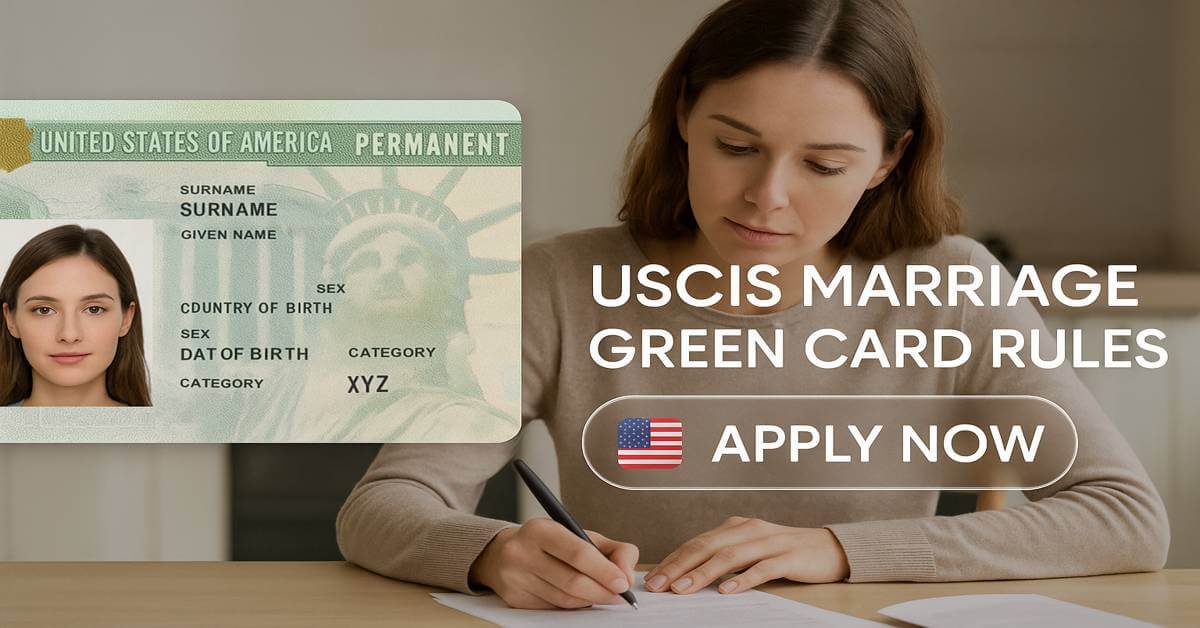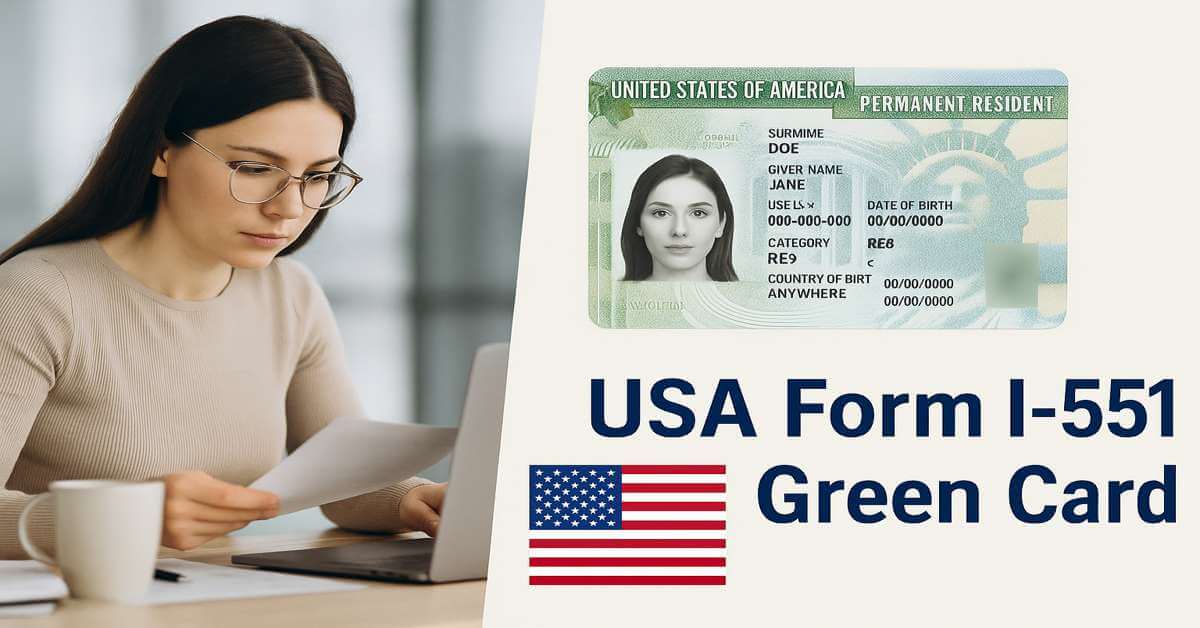U.S. immigration agencies have made several procedural changes that directly impact marriage-based green card applicants. While these changes are not headline-grabbing policy shifts, they significantly affect how petitions are filed and processed.
Here’s a breakdown of the latest updates, along with practical tips to avoid common pitfalls and delays.
New USCIS Form Editions:
USCIS has released new editions of key immigration forms:
- Form I-485 (Adjustment of Status): Only the 01/20 edition accepted
- Form I-129F (Petition for Fiancé Visa): Only the 01/20 edition accepted.
- Form I-130 (Petition for Alien Relative): The 04/01/24 edition remains current but now includes added language emphasizing fraud prevention and consular processing options.
Tip: Always ensure all pages of a form set come from the same edition. Mixed-edition submissions are cause for rejection.
Check Also: USCIS Revises Marriage Validity Guidelines for Asylum and Refugee Applicants
Grace Period Confusion:
When USCIS initially released new forms in January, they offered no grace period—leading to application rejections. Later, they issued a grace period.
This reversal underscores the need to monitor USCIS updates and edition dates closely before filing.
Stricter Filing Rules:
USCIS has implemented tighter procedural standards across multiple forms:
- Separate Payments Only: Applicants must submit individual checks for each form. A single payment covering multiple forms may result in a rejected package.
- Processing Method Declaration: You must now explicitly state whether the beneficiary will apply through adjustment of status (in the U.S.) or consular processing (from abroad). Incomplete or unclear responses may delay case routing.
- I-693 Medical Form: Most applicants must now submit Form I-693 (medical exam) at the time of filing.
- COVID-19 Vaccination: No longer required.
Marriage Fraud & Enforcement:
USCIS has added language to the I-130 page urging the public to report suspected marriage fraud. Meanwhile, ICE’s long-running “Stop Marriage Fraud” campaign page was archived in March but remains viewable with a disclaimer.
Implication: These changes may signal increased scrutiny of marriage-based applications. Prepare for more documentation requests proving the legitimacy of your marriage.
Processing Delays & Historical Parallels:
Boundless and other sources report growing delays for I-130 and I-485 processing, echoing slowdowns seen during high-enforcement periods such as 2018–2019.
- Anticipate longer wait times, especially for consular processing cases.
- Expect more Request for Evidence (RFE) notices.
Special Clarifications for Refugees & Asylees:
In June, USCIS updated its policy manual to clarify that marriages involving a refugee or asylee must be legally valid in the country where performed to count for immigration purposes.
Why it matters:
- Previously, unregistered religious or traditional marriages might have been accepted.
- Now, applicants must show formal legal recognition of their marriage by local authorities.
Application Information:
- Use the latest forms: Double-check edition dates at uscis.gov/forms
- Organize a strong evidence packet: Include proof of bona fide marriage (joint finances, housing, photos, affidavits).
- Avoid filing errors: Submit individual checks and answer all form questions completely.
- Monitor USCIS updates: Changes can happen quickly—subscribe to alerts.
- Seek legal guidance if unsure: Immigration nonprofits and the AILA lawyer referral service can help.
Helpful Resources:
- USCIS Contact Center: 1-800-375-5283
- USCIS Forms: uscis.gov/forms
- Boundless Immigration Services: boundless.com
- AILA Lawyer Referral: ailalawyer.com
Frequently Asked Questions:
Do both spouses need to be physically present in the U.S. to file Form I-485?
No. Only the foreign national spouse applying for a green card needs to be physically present in the U.S. to file Form I-485. The U.S. citizen or permanent resident spouse may be abroad if they maintain a U.S. domicile.
Do any visa bulletin or priority date rules affect filings?
Yes. USCIS has adopted the Department of State’s “Visa Bulletin” mechanisms to determine when adjustment-of-status applications can be filed. Approval is tied to both the priority date and the applicable final action date
How long are processing times expected to be?
Processing delays have increased for marriage-based petitions, with I‑130 and I‑485 wait times trending upward.
Expect slower adjudication, higher Request for Evidence (RFE) rates, and variable timelines depending on service centers and caseloads.






